


Studies conducted at the State University of Campinas have shown that physical training, combining strength training and aerobic exercise, improves lipid metabolism, reduces inflammation and reverses early immunosenescence in obese and diabetic individuals.

The estimate, published in the journal Nature, is that 2.24% of tree species in the Amazon, Africa and Southeast Asia account for 50% of the 800 billion trees in the tropical biome. Listing the hyperdominant species, as they are called, helps scientists more accurately measure processes such as carbon storage.

Study involved 242 couples living in the Metropolitan Region of São Paulo (Brazil); men showed higher levels of work-family conflict, while women were more affected by stress.

Researchers isolated a strain of Pseudomonas alcaligenes that can withstand temperatures as high as 44 °C from a hot spring in Chile, and characterized the substances produced by the bacterium that help it survive extreme conditions.
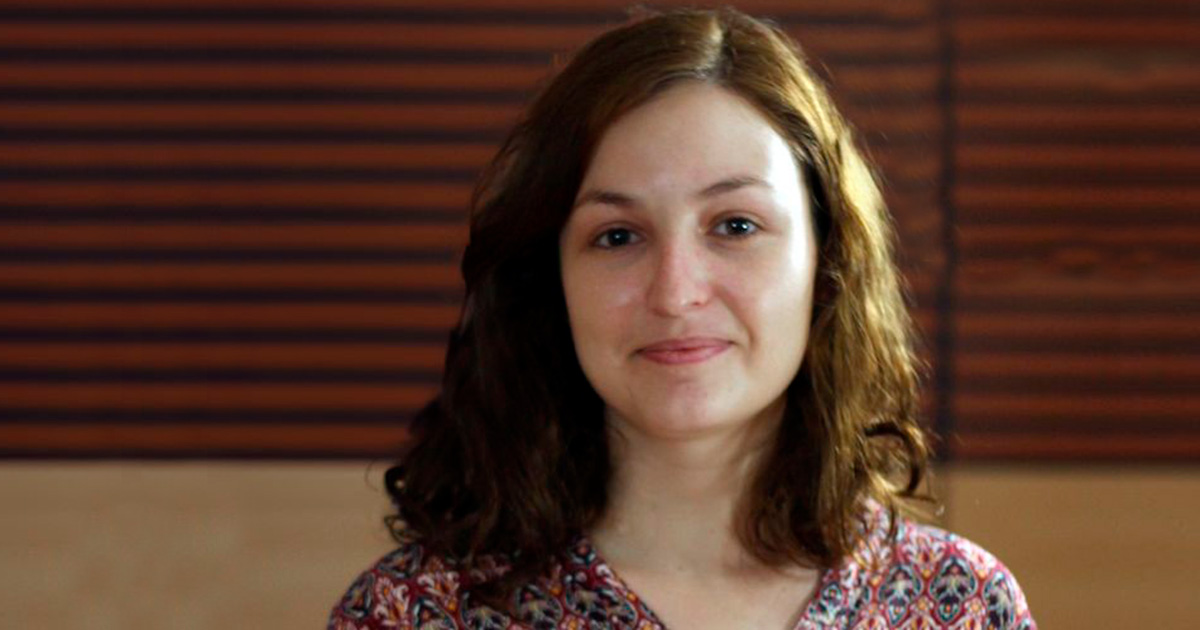
The ‘Best Oral Presentation’ award at an event promoted by the Hospital de Amor in Barretos (São Paulo state) was given to doctoral student Mariane Tirapelle, who is part of the Cell Therapy Center and the Nucleus of Cellular Therapy teams.
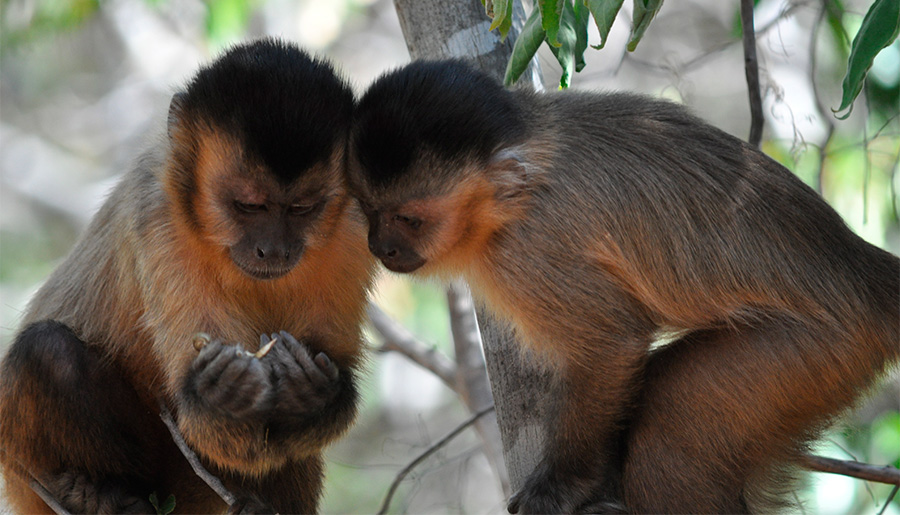
Study published in PNAS by researchers from Brazil and the UK shows that primates from the Brazilian semi-arid biome are able to acquire new knowledge as long as their presence is tolerated by other members of the group.

Foundation launches program aimed at accelerating creation, training human resources and stimulating scientific and technological leadership in the state of São Paulo and Brazil in the field, with potential impacts on sectors such as health, agriculture, communications and computing.

Without having had any contact with their parents, piglets fathered by boars housed in cramped conditions for four weeks exhibited elevated levels of cortisol, among other indicators of stress. Offspring of pigs housed in roomier pens and given showers and tactile stimuli coped better with stressful situations.
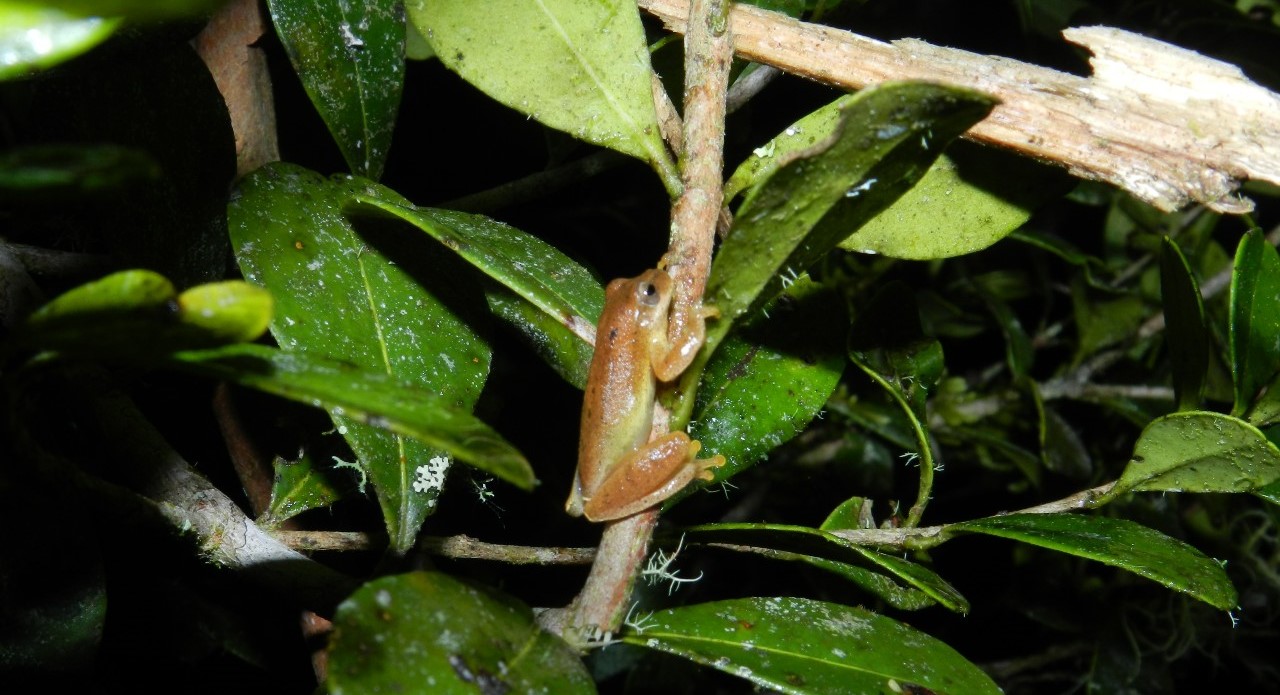
A study published in Nature Climate Change predicts that 36% of anurans’ habitats worldwide will soon be threatened by a combination of rising temperatures and water scarcity. Brazil has the greatest diversity of anurans in the world and some of the most vulnerable anuran habitats.
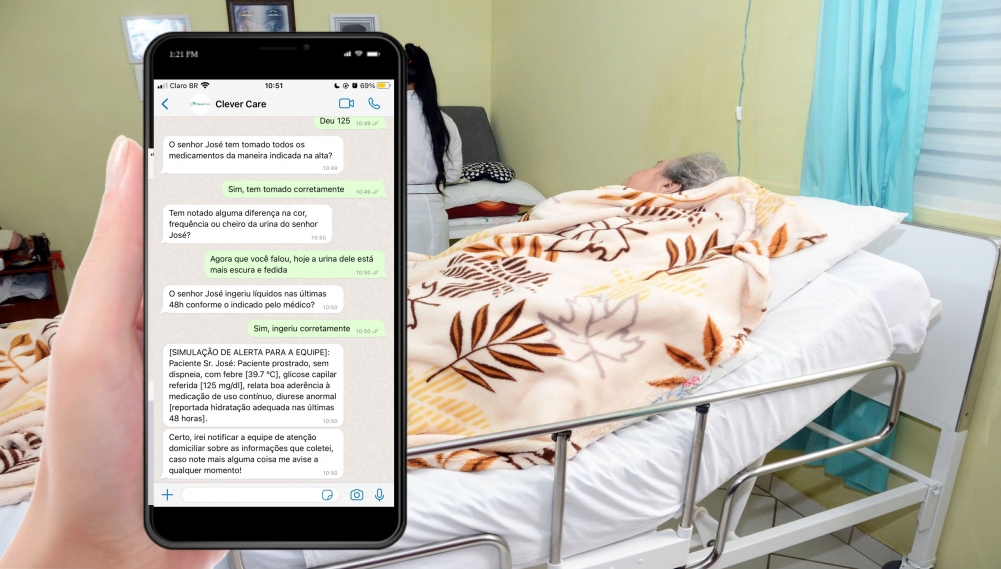
System developed by FAPESP-supported startup provides information and guidance after hospital discharge.
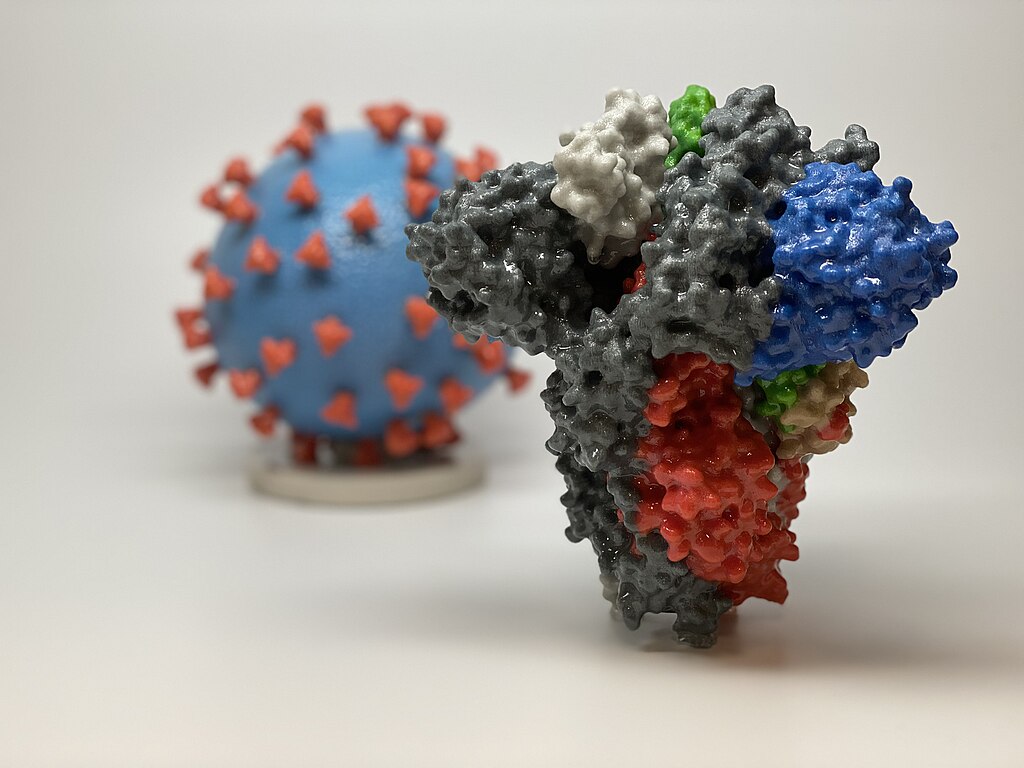
The vaccine formulation has proved to be highly protective, safe and versatile. Moreover, it can serve as a basis for the development of zika and dengue vaccines, for example.
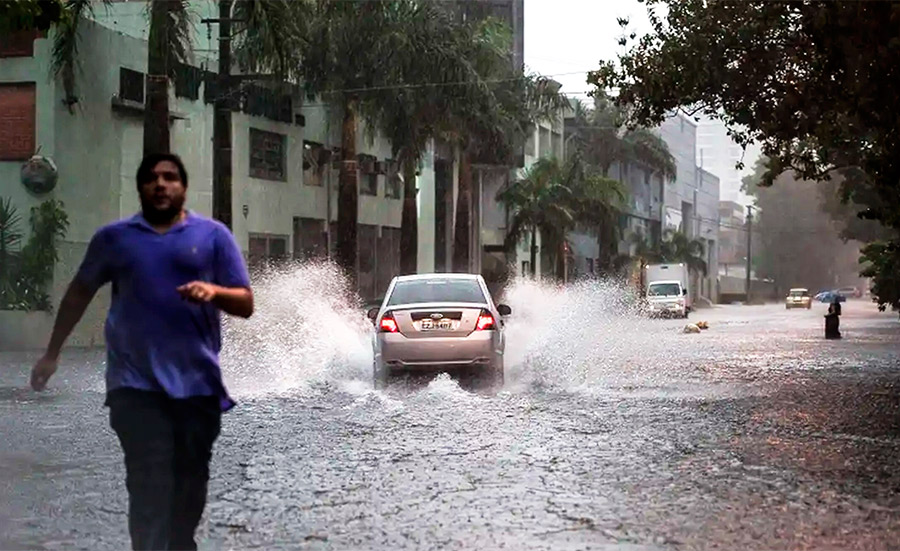
Research carried out at the Carbon Neutral Cities CCD, launched by FAPESP and the Technological Research Institute, will develop and apply technologies inspired by nature to increase urban resilience and mitigate greenhouse gas emissions.
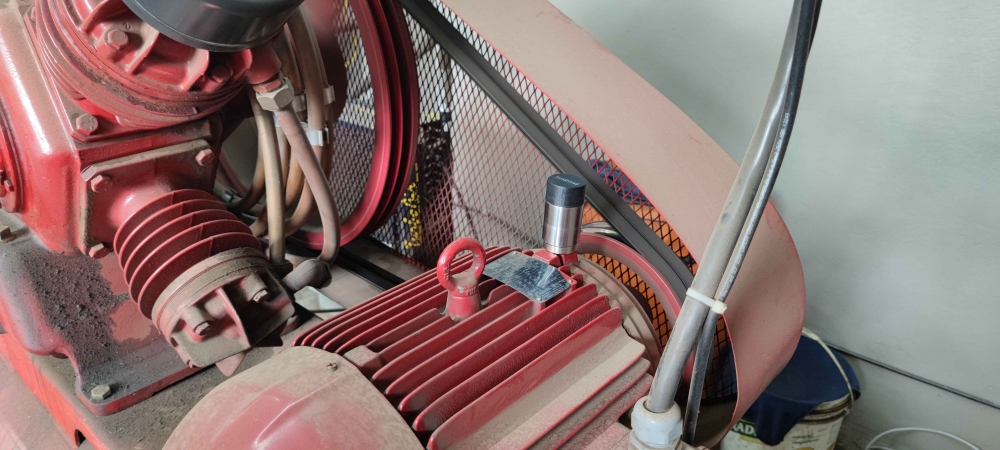
A combination of wireless sensors and artificial intelligence, developed by a FAPESP-supported company, can help companies of different sizes avoid losses due to production interruptions; the startup took part in a business mission during FAPESP Week Spain.
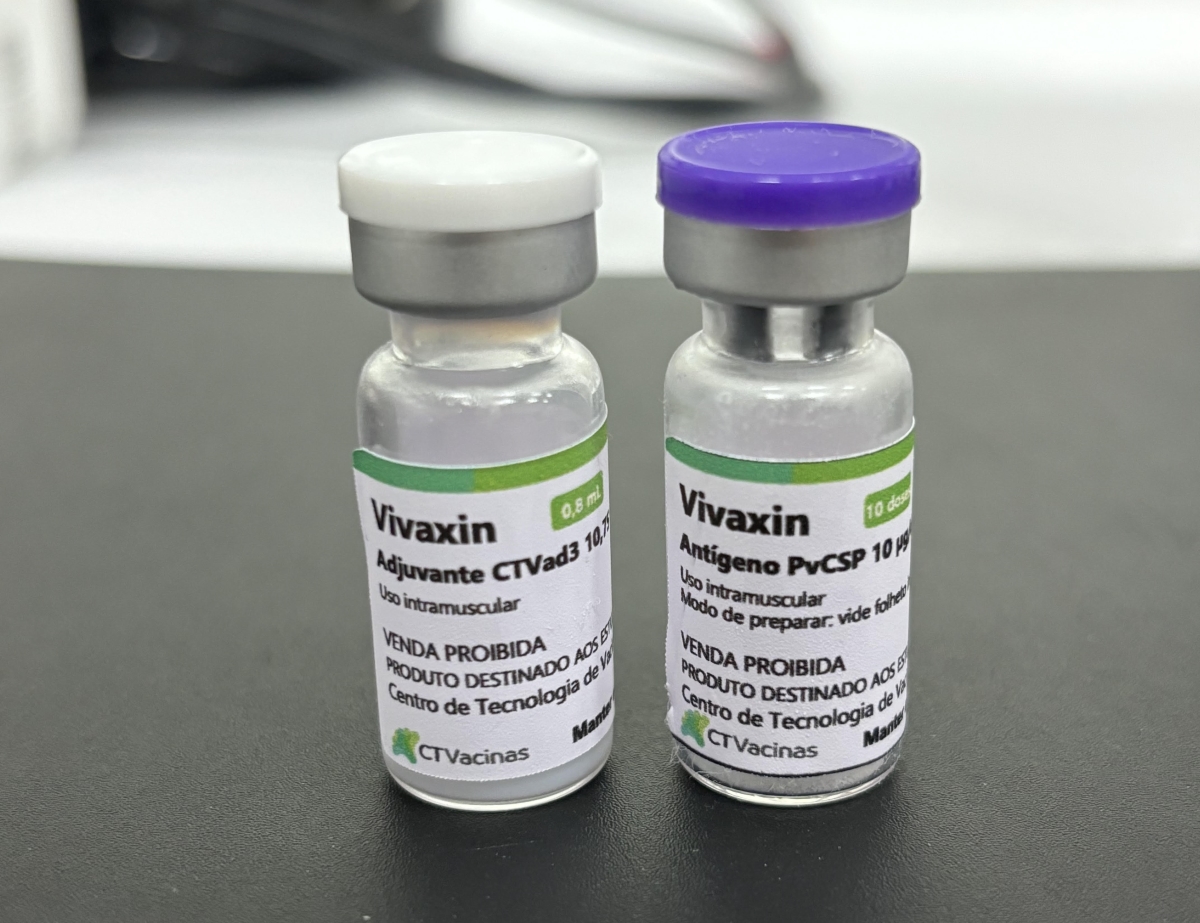
USP is developing the vaccine in partnership with the Vaccine Technology Center at the Federal University of Minas Gerais (UFMG). Permission to conduct a clinical trial is due before the end of this month.

In a ceremony at the University of São Paulo, which hosts the Center of Excellence in Ocean Innovation and Transformative Technologies, researchers and high officials celebrated a partnership set to foster research on ocean sustainability and fuel public policy.

The researchers synthesized a molecule inspired by a substance present in Nectandra leucantha (canela-seca or canela-branca). Animal trials have produced promising results.
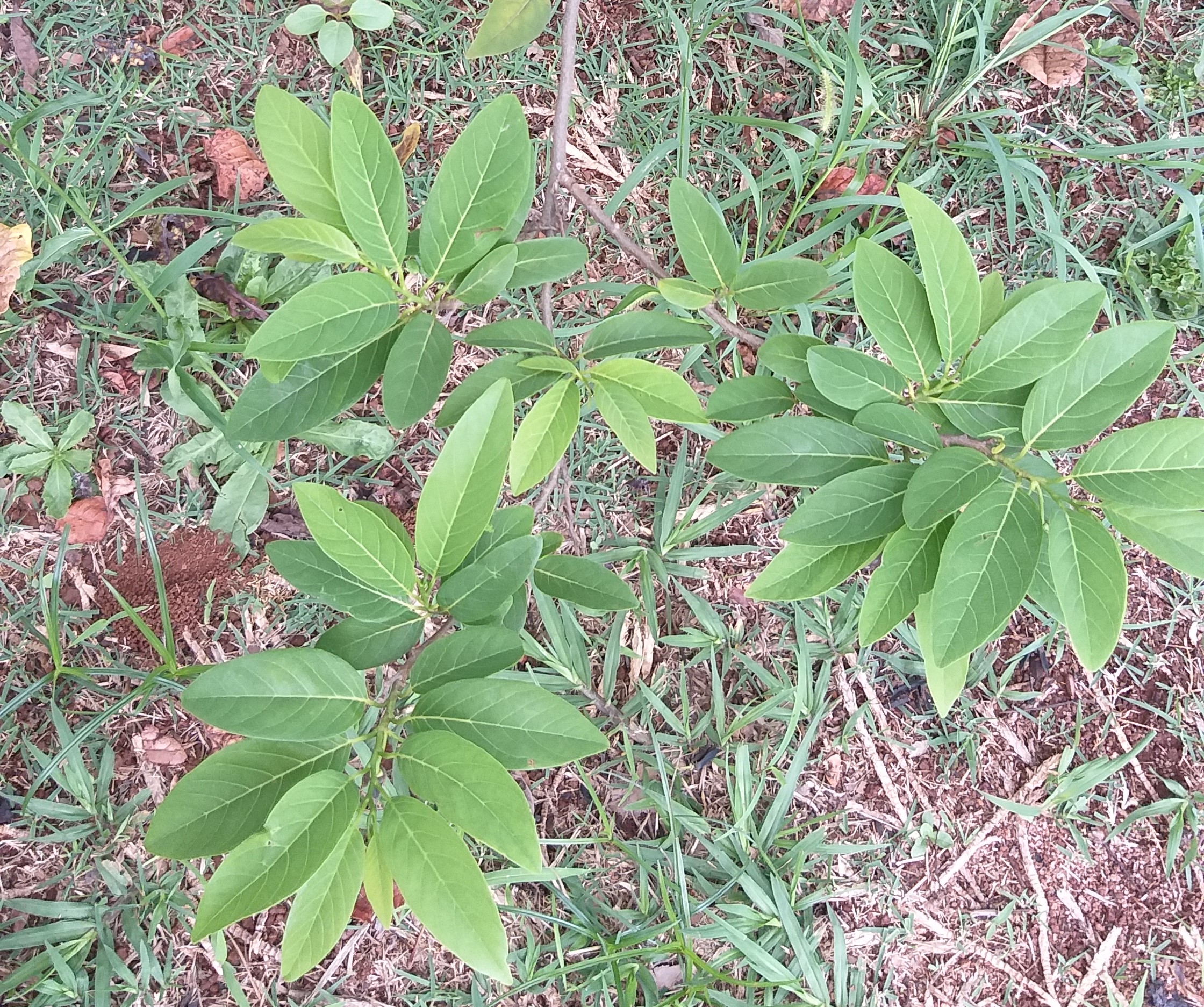
Researchers tested the effects of the plant’s methanolic extract and an isolated alkaloid substance, palmatine, on mice. The results were promising.

Researchers from the University of São Paulo (USP) and collaborators analyzed samples from mining areas in four Brazilian biomes, including the Amazon.
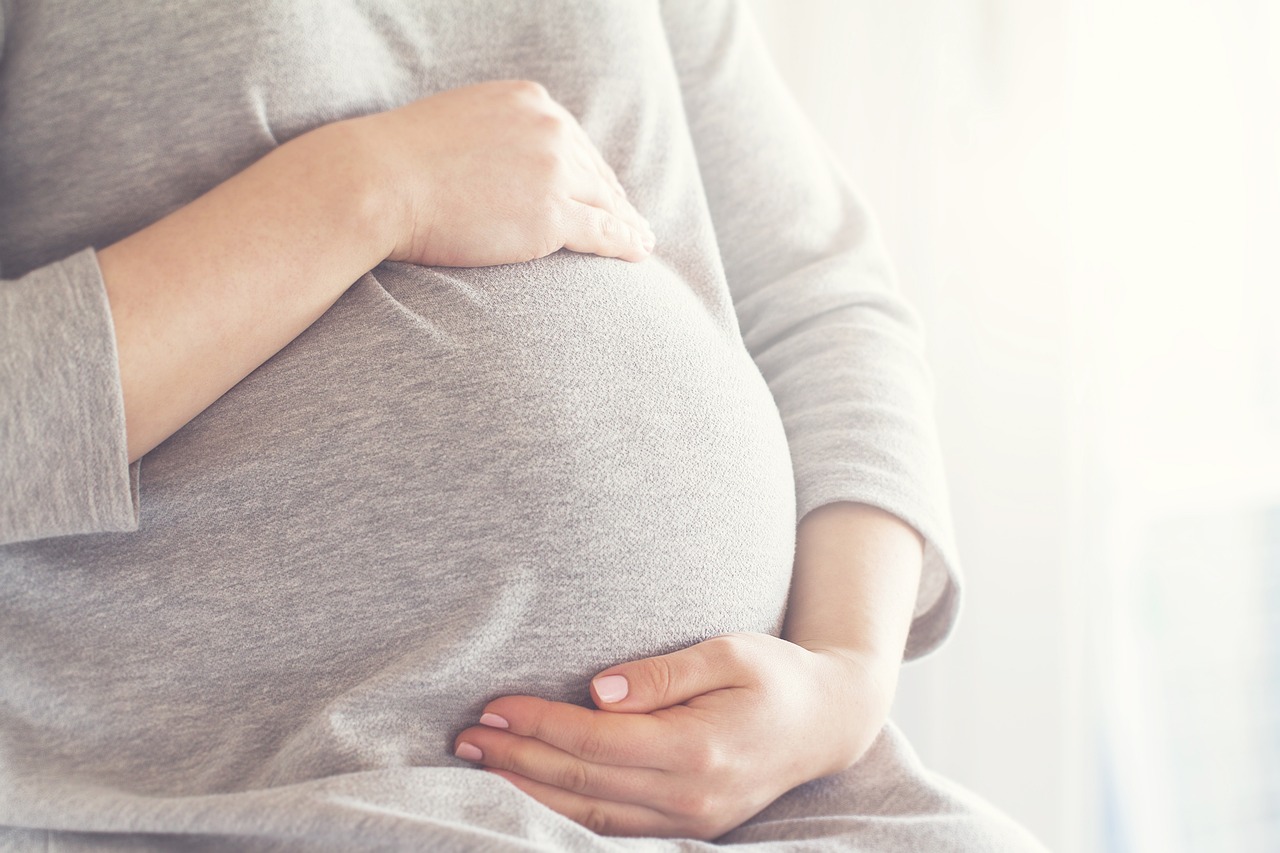
The study was conducted at the University of São Paulo. As the pregnant women were treated and their symptoms of depression improved, the proportion of “good” bacteria in their gut microbiome increased.
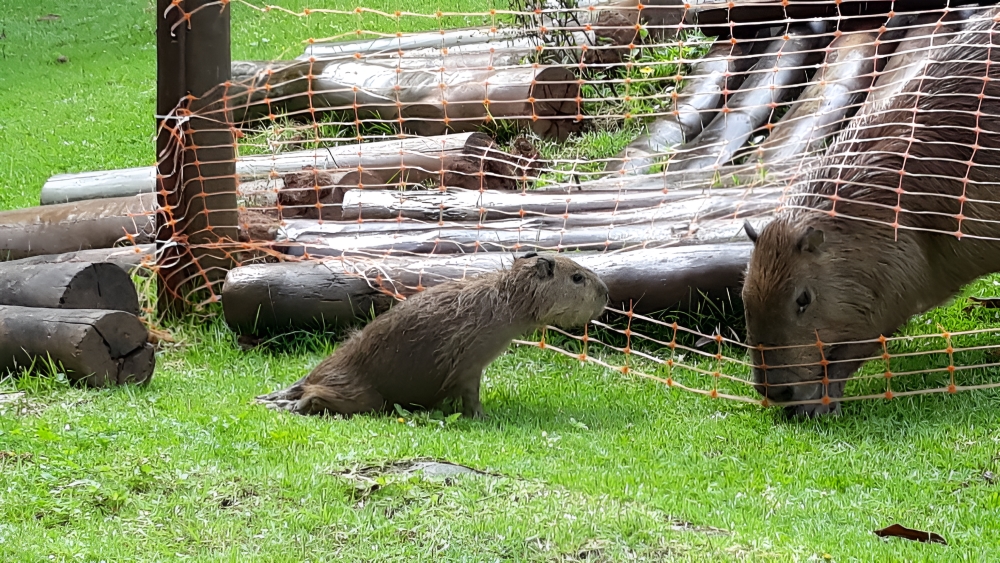
The viral strain found in the dead animals on Anchieta Island in Ubatuba was the variant transmitted by vampire bats, which probably fed on the capybaras’ blood at a time of habitat disturbance.
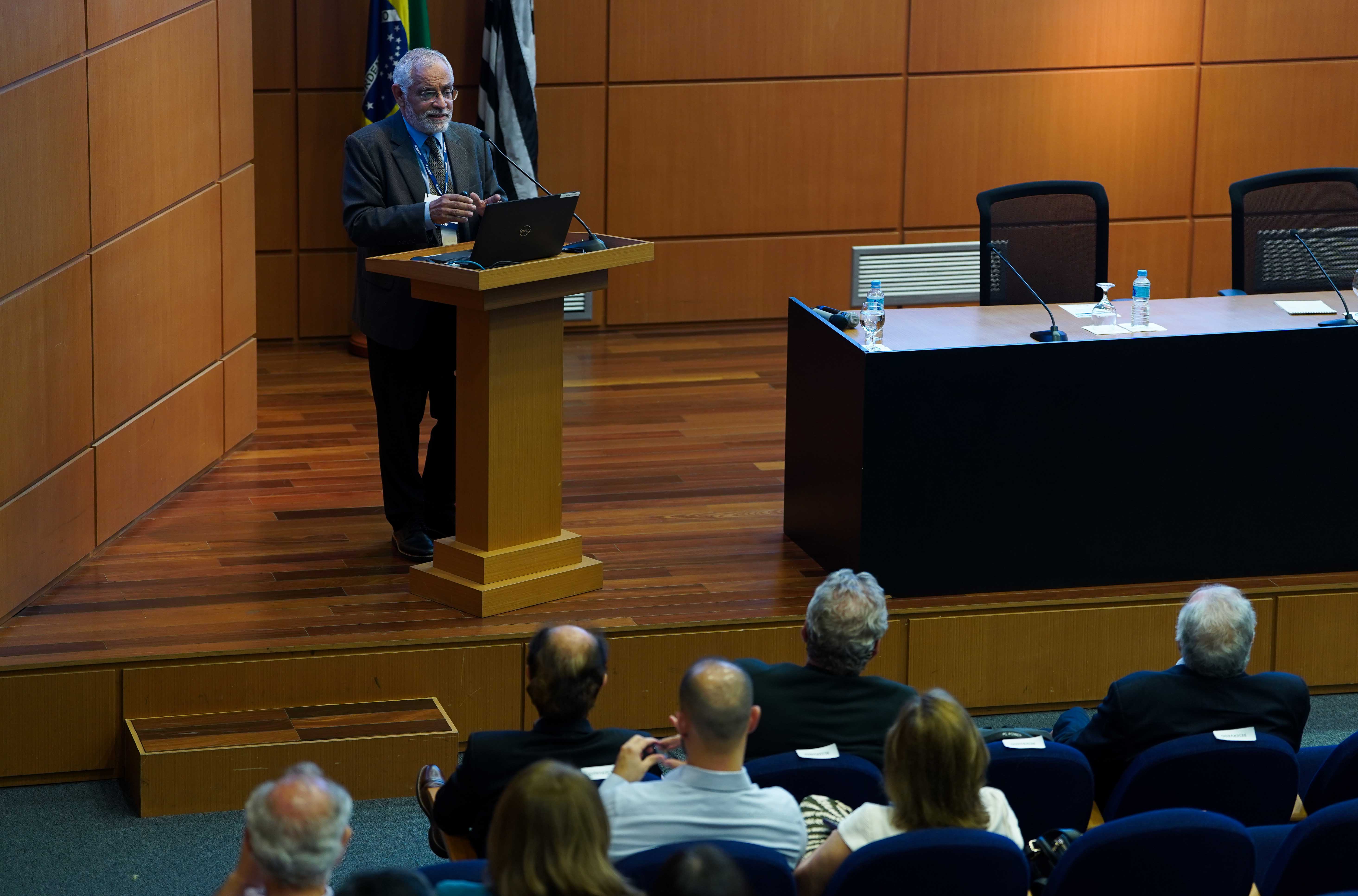
In the 10th FAPESP Lecture 2024, researcher Luiz Augusto Horta Nogueira highlighted the virtues of hybrid vehicles, which combine electricity and biofuels, stressing Brazil’s strategic role in the process.

The Applied Research Center for Innovation and Sustainability in Citrus Farming was inaugurated on December 12th in a ceremony at the Palácio dos Bandeirantes, seat of the São Paulo state government.
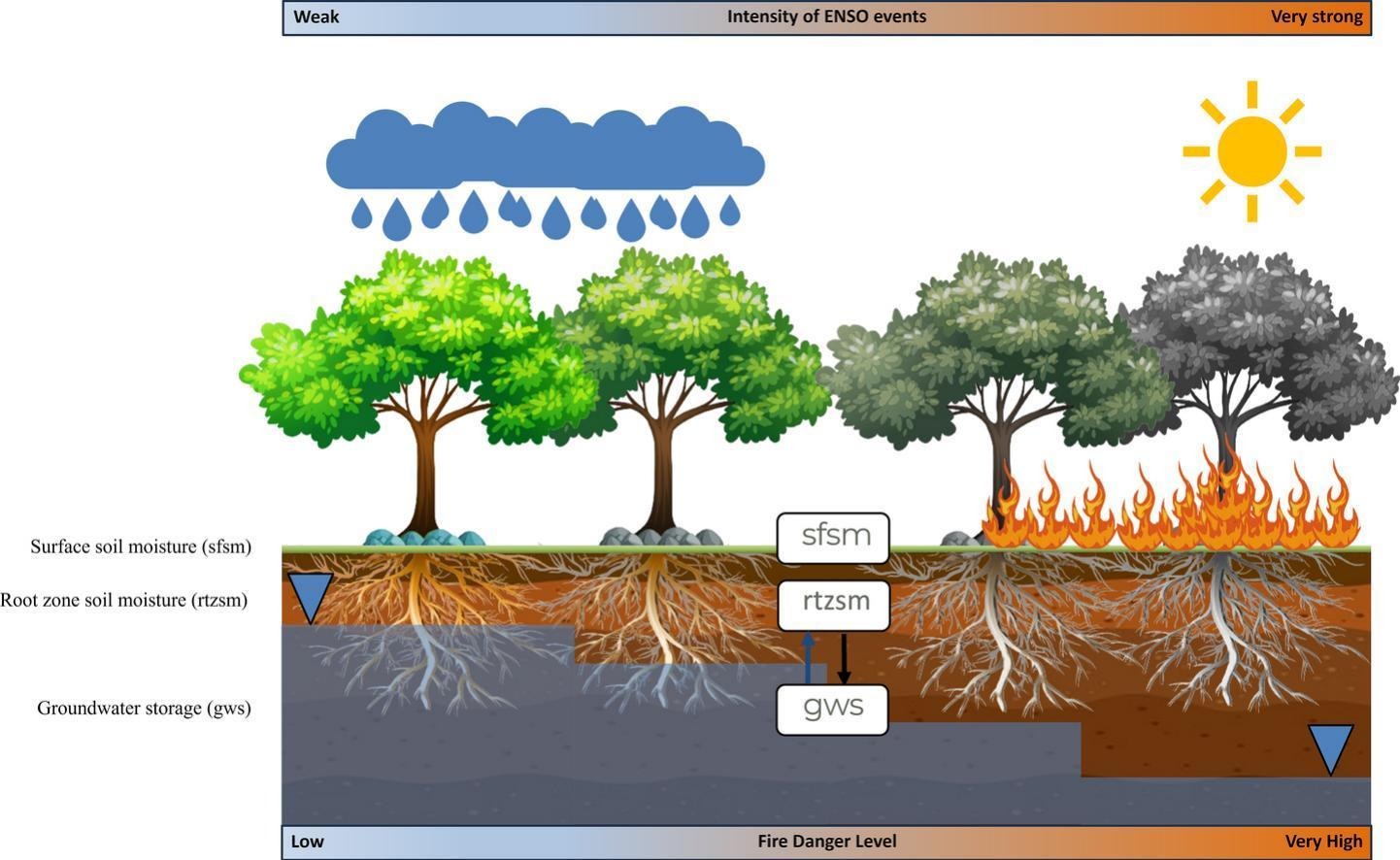
Researchers have been able to demonstrate a link between the climatic phenomenon and the propensity for fires, creating a tool that could help with future prevention efforts.

Portable device developed by a FAPESP-supported startup allows for the preventive detection of changes and the treatment of the material so that it remains suitable for use; company participated in business mission during FAPESP Week Spain.
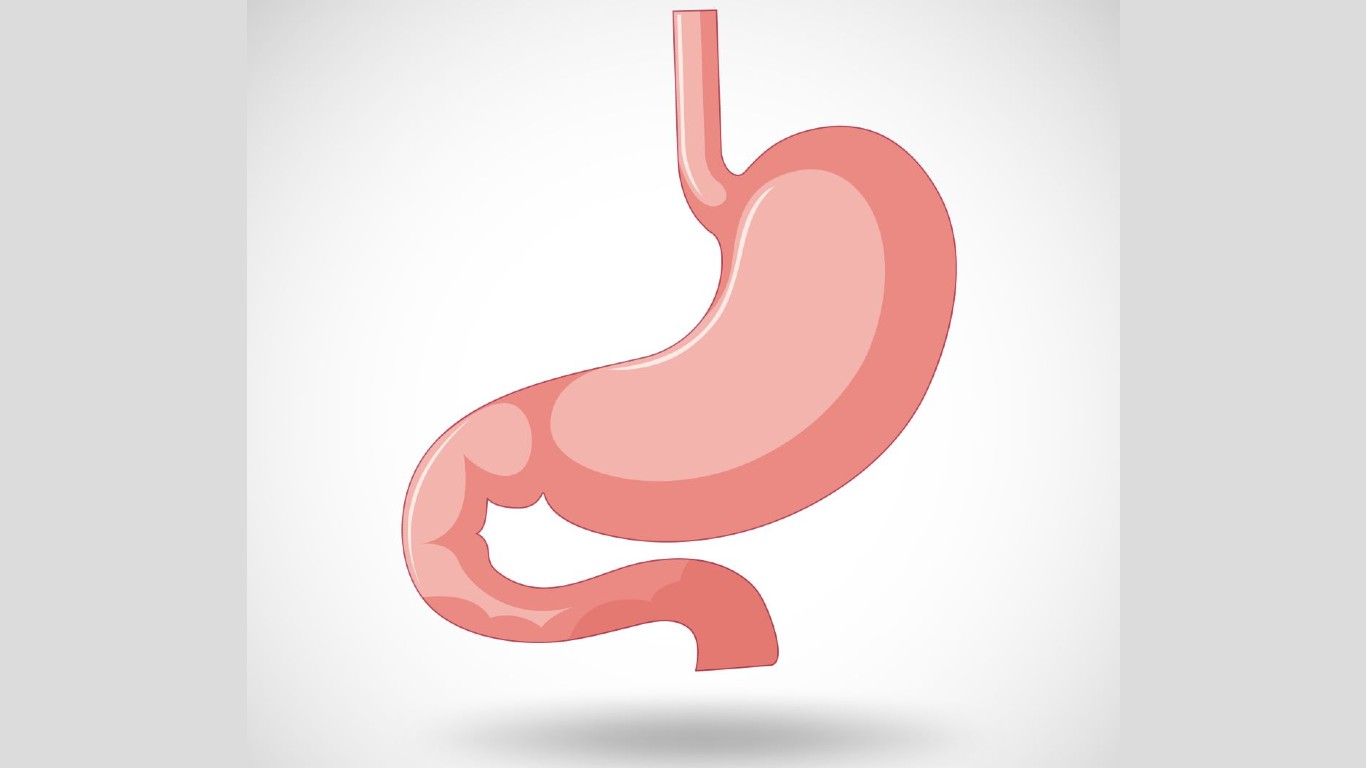
A study conducted by a Brazilian researcher at Harvard shows that serotonin – a hormone known for regulating mood – plays a central role in the development of postprandial hypoglycemia in up to 30% of people who have undergone surgery; the findings suggest avenues for possible treatments.